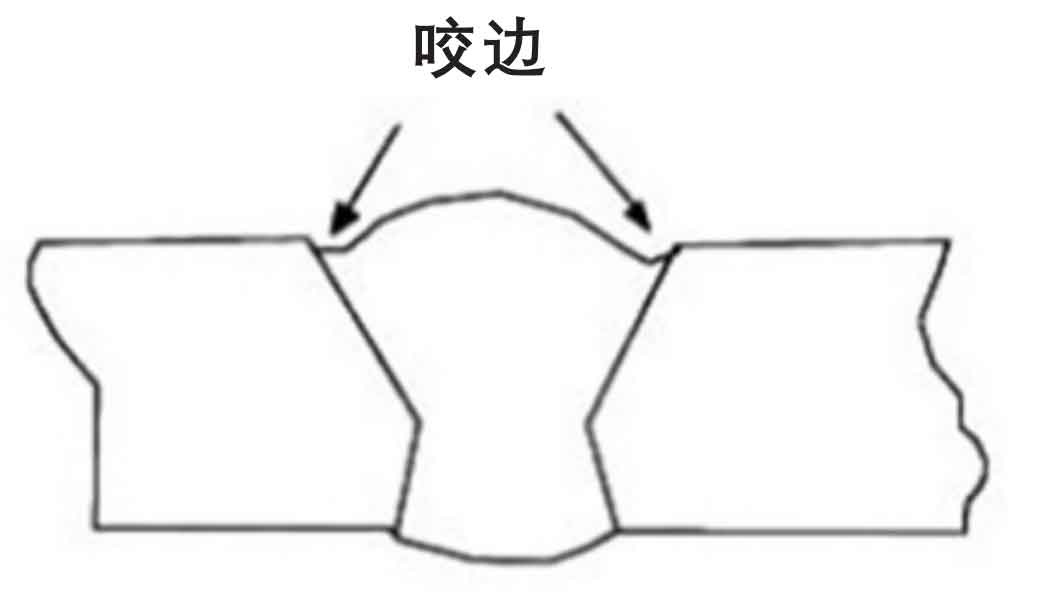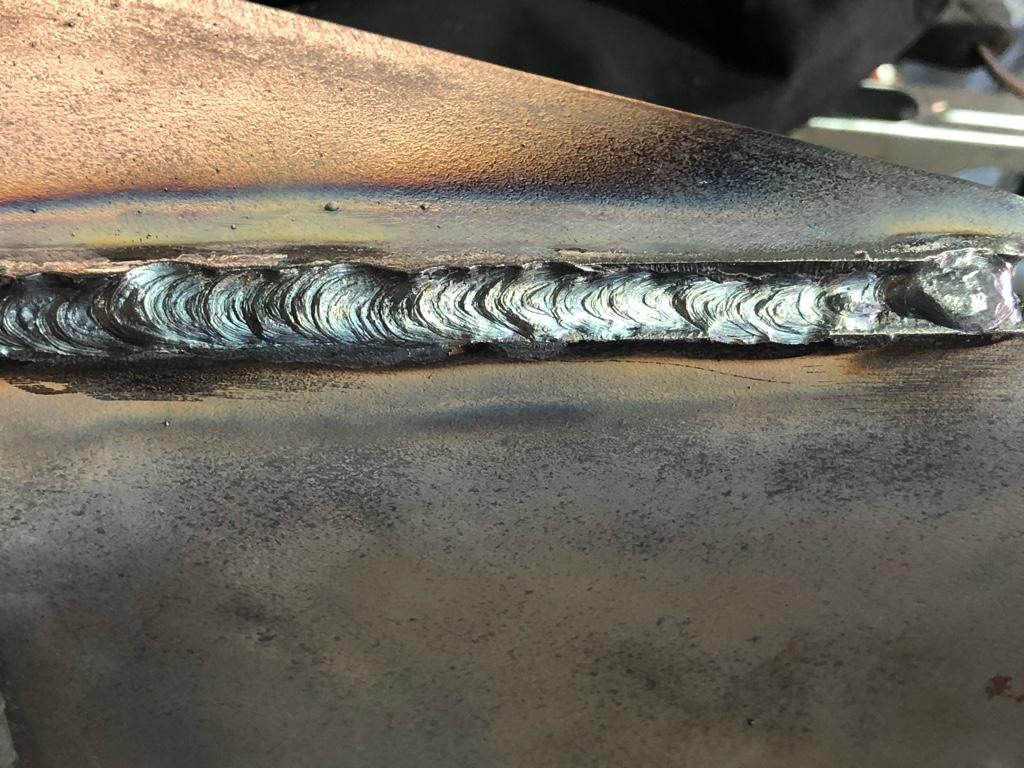Understanding the Causes and Solutions for Undercut Welding in Metal Fabrication Procedures
In the world of steel manufacture procedures, the occurrence of undercut welding presents a substantial difficulty that demands an extensive understanding of its causes and viable solutions. The intricate interaction of numerous variables throughout welding operations can result in this undesirable sensation, influencing the architectural stability and overall quality of the bonded joints - Preventing weld undercut. By studying the origin of undercut welding and discovering reliable restorative steps, fabricators can boost the requirement of their workmanship and make certain the manufacturing of perfect steel elements
Common Reasons of Undercut Welding
Regularly neglected in metal manufacture, undercut welding occurs as a result of different factors that require precise focus and experience to be successfully mitigated. One usual source of undercut welding is too much heat input. When the warmth input is too expensive, it can bring about the melting and subsequent disintegration of the base material along the sides of the weld joint, creating a groove or undercut. In addition, improper welding strategies, such as using the incorrect welding angle or take a trip speed, can additionally add to damage development. Insufficient securing gas coverage is an additional key aspect that can lead to undercutting. Inadequate gas insurance coverage stops working to shield the weld pool effectively, leading to oxidation and undercut flaws. Moreover, the choice of welding specifications, such as voltage, existing, and wire feed speed, plays a substantial role in the occurrence of undercut welding. Understanding these typical reasons is critical for implementing precautionary procedures and making certain top quality welds in steel fabrication processes.
Influence of Incorrect Welding Parameters
Imprecise welding criteria can dramatically endanger the honesty and high quality of welded joints in metal manufacture procedures. The effect of inaccurate welding parameters manifests in numerous methods, resulting in structural weak points and issues in the bonded components. One critical facet influenced by incorrect welding parameters is the infiltration deepness of the weld. Inadequate warmth input as a result of reduced welding currents or excessively high traveling speeds can result in poor combination between the base steels, causing incomplete joint infiltration and compromised bonds. Conversely, too much warm input brought on by high welding currents or sluggish travel rates can result in burn-through and excessive reinforcement, developing a fragile and unpredictable weld structure. In addition, inaccurate parameters such as incorrect voltage settings or inaccurate electrode angles can add to unpredictable weld grain profiles, absence of fusion, and raised chances of issues like undercutting. Consequently, precise focus to welding parameters is vital to ensure the production of high-grade welds with the preferred mechanical residential or commercial properties and architectural honesty.
Result of Improper Lantern Angle
Inappropriate lantern angle in welding procedures can substantially influence the high quality and honesty of the last weld joints in metal construction processes. The torch angle plays an essential role in identifying the heat input and distribution throughout welding. When the lantern angle is inaccurate, problems such as undercutting can emerge. Damaging is an usual welding flaw where a groove develops along the weld toe, compromising the joint and compromising its structural honesty.
A torch angle that is too high can bring about inadequate penetration, insufficient combination, and enhanced spatter. On the other hand, a lantern angle that is as well shallow can cause extreme infiltration, burn-through, and distortion of the base product. Preventing weld undercut. Proper lantern angle is necessary for guaranteeing consistent weld top quality, stamina, and look
To avoid undercutting and various other problems brought on by incorrect torch angles, welders have to be trained to keep the appropriate lantern angle throughout the welding process. Normal tracking and change of torch angles throughout welding can assist attain sound welds with marginal problems.
Function of Inadequate Welding Techniques

An additional facet of insufficient welding methods is incorrect weld preparation. Inadequate cleansing of the base steels, inaccurate joint design, or insufficient side prep work can all add to undercut welding. Insufficient shielding gas coverage or making use of the wrong type of gas can result in insufficient combination and the formation of undercut issues.
To attend to the role of poor welding methods in metal manufacture processes, it is important to provide detailed training for welders. Appropriate education and learning on welding specifications, joint preparation, and securing gas choice can aid stop undercut welding and ensure high-grade welds in metal fabrication jobs.
Effective Solutions for Undercut Welding
Attending to undercut welding in metal construction requires carrying out effective options to enhance weld high quality and structural stability. Among the primary remedies to fight undercut is to readjust welding parameters such as voltage, present, and take a trip speed to make sure proper warm input and blend. By fine-tuning these settings, welders can stop too much melting of the base metal and filler material, lowering the possibility of undercut development.
In addition, proper joint preparation is critical in visite site avoiding undercut. Making sure tidy base metal surfaces complimentary of pollutants and making use of the appropriate bevel angle can assist advertise far better weld infiltration and reduce the danger of undercut - Preventing weld undercut. Utilizing ideal welding strategies, such as oscillating the torch or weaving, can likewise help in dispersing warmth equally and filling the weld joint sufficiently, lessening the opportunity of undercut issues
Furthermore, choosing the proper welding consumables, consisting of electrodes and filler steels, is essential in mitigating undercut. Using materials with suitable chemical structures and mechanical residential properties can add to attaining audio welds with very little undercut. Routine assessment and quality assurance procedures must likewise be carried out to find and attend to undercut problems quickly, guaranteeing the overall honesty of made steel elements.

Final Thought
Finally, understanding the reasons and remedies for undercut welding in steel construction processes is crucial for attaining top notch welds. see this By attending to why not try here typical causes such as wrong welding specifications, improper lantern angle, and insufficient welding techniques, welders can prevent damaging and make certain strong, long lasting welds. It is vital to take note of these aspects and execute efficient remedies to improve the overall welding procedure and last product quality.
